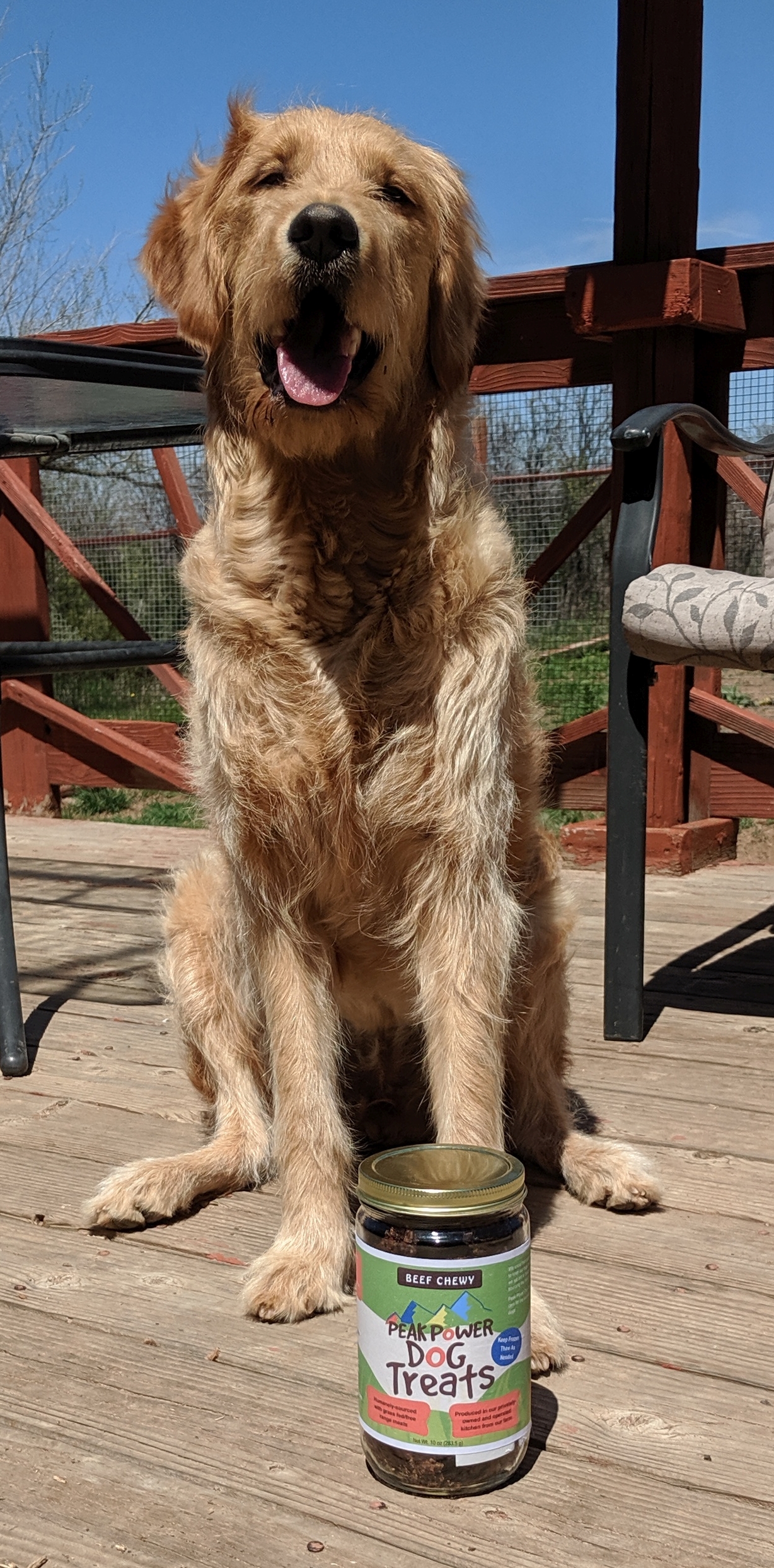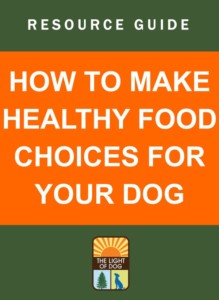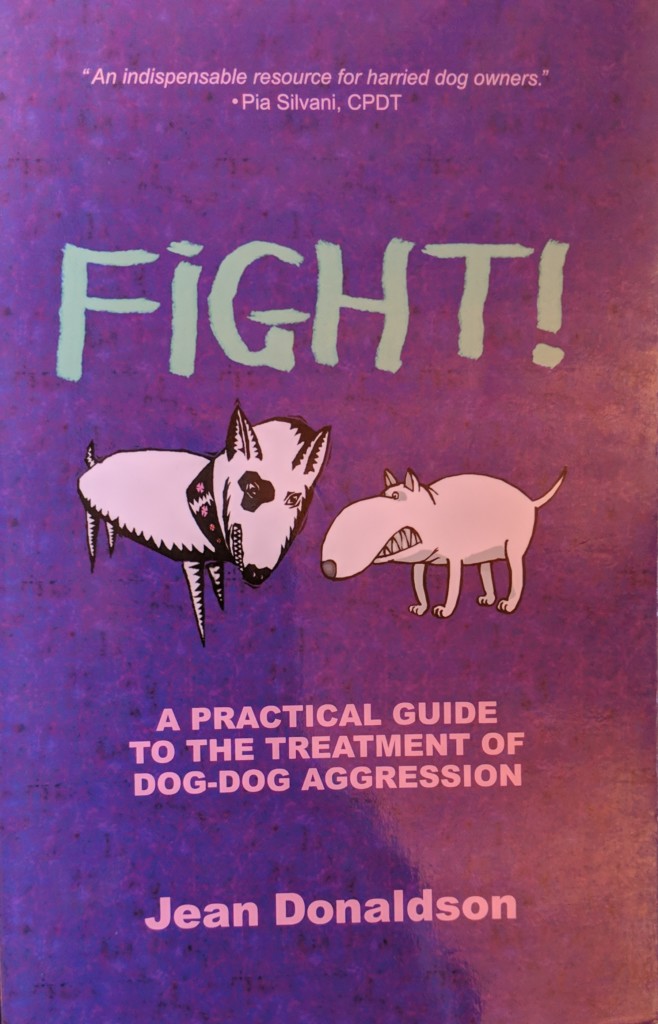DOG TRAINING OFFERED IN-PERSON AND ONLINEOur dog training services are delivered in almost any format that meets your needs. We have GROUP CLASSES at our indoor and outdoor facilities on our farm, ONLINE LIVE STREAMING classes, and SELF-PACED VIDEO-BASED training through our Online Dog Training Course. Our PRIVATE TRAININGS can be done in-home, outside, in public dog-friendly locations, at our facility on our farm, online via phone or video conferencing and through email. |
This tip is part of our resource guide, How To Make Healthy Food Choices For Your Dog, a comprehensive document which covers the following topics: (1) How to select the right foods to purchase and avoid the ones that are not healthy; (2) The foods and ingredients to absolutely avoid; (3) How to scrutinize the ingredients in the food you give your dog; (4) How to do an apples to apples comparison between dog food products to see which ones are healthier; (5) How to choose quality protein sources; (6) …and more. This Resource Guide is in PDF format.
Avoid products whose ingredients and production are not from the U.S. or Canada. Of course there are many exceptions, such as if you add Turmeric to your dog’s diet, which comes primarily from India. We are talking more about main food sources—meats, especially. We have written a complete section later in this resource guide dedicated to meat quality.
Make sure they are sourced from the U.S. or Canada. We see products with meats from New Zealand or South American and they look like good ingredients. But there are plenty of meat sources in the U.S. and Canada that are equally as good and we don’t need to be increasing our carbon footprint to get products to us.
Further, buying food products from halfway around the world significantly increases the spoilage factor, which at a micro-level is virtually unnoticeable, but yet is very harmful, not just consuming it, but also just breathing in the smell of the food when you reach in to scoop it out for your dog.
Consider the transportation process for food coming from South American or New Zealand:
- It is put on non-climate controlled trucks to the port;
- It is loaded into shipping containers that are not climate controlled, then spends months crossing the ocean in hot and humid conditions;
- It is unloaded at a port in the U.S. and may sit in the sun in its shipping container for days before being transported in trucks that are not climate controlled to a warehouse that is also not climate controlled;
- Then it is transported on trucks again that are not climate controlled before arriving in your local retailer or your online retailer’s warehouse.
This transportation process is months long in non-climate controlled environments. You are not getting healthy food in this process.
To significantly reduce the spoilage and aging factor of the food you purchase for your dog, stick with local or regional sources first and if none available, then U.S. or Canada.
It is getting harder to determine country of origin because the U.S. passed a new law in 2016 that removes this requirement on the packaging of imported meats. To be absolutely sure, you need to verify either on the packaging or the company’s website that their products are sourced and processed in the U.S. or Canada.
The same goes for fish products. A high percentage of fish is processed in other parts of the world, even though it may be caught off U.S. or Canadian waters. Many companies may not even know where their fish sources are processed. We strongly recommend you pick products processed only in the U.S. or Canada. If the company does not specifically say that its products are sourced and processed in the U.S. or Canada, then you have to contact them directly to determine. That is what we have had to do.
Our goal is to positively impact the lives of as many dogs and their families as we can, in part through our extensive library of video, infographics and text articles. |











Leave A Comment